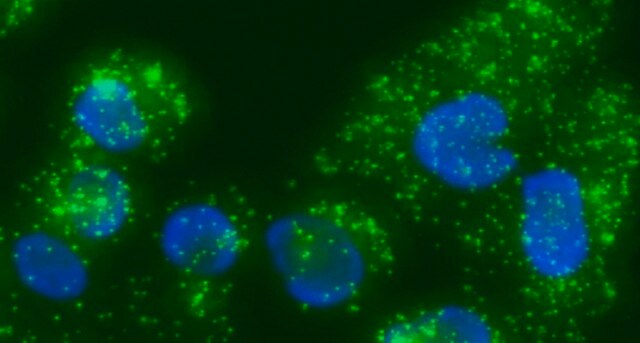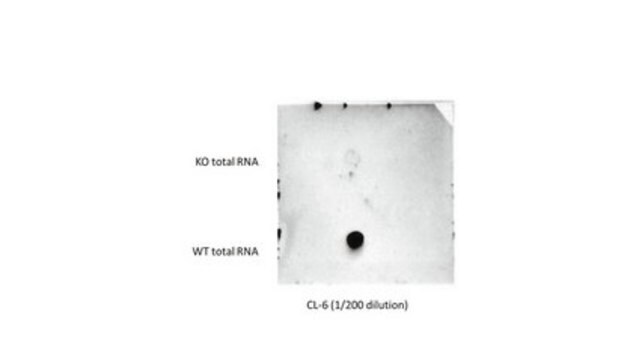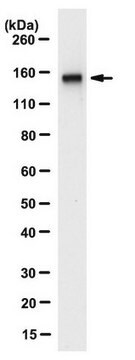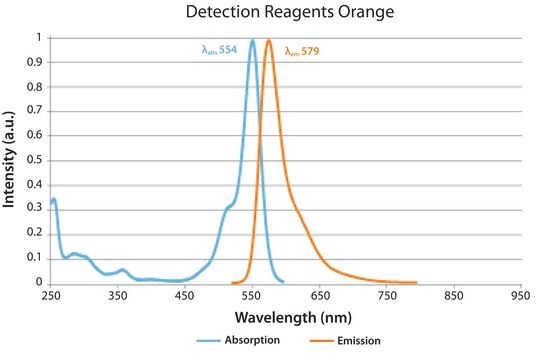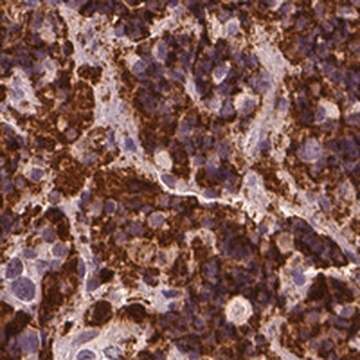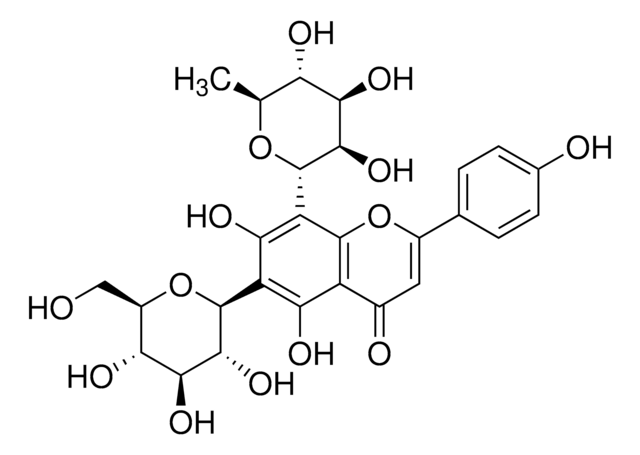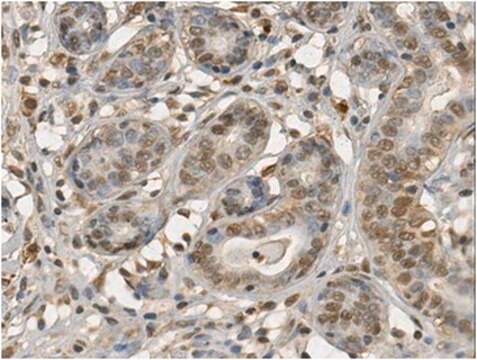MABT1489
Anti-Kinesin Light Chain Antibody, clone 63-90
clone 63-90, from mouse
Sinónimos:
KLC1, KLC2, KLC
About This Item
Productos recomendados
origen biológico
mouse
forma del anticuerpo
purified antibody
tipo de anticuerpo
primary antibodies
clon
63-90, monoclonal
reactividad de especies
squid, rat, mouse
envase
antibody small pack of 25 μg
técnicas
immunohistochemistry: suitable (paraffin)
immunoprecipitation (IP): suitable
western blot: suitable
isotipo
IgG1κ
Nº de acceso NCBI
modificación del objetivo postraduccional
unmodified
Información sobre el gen
rat ... Klc1(171041)
Categorías relacionadas
Descripción general
Especificidad
Inmunógeno
Aplicación
Western Blotting Analysis: 4 µg/mL from a representative lot detected Kinesin Light Chain in rat brain tissue lysate.
Immunoprecipitation Analysis: A representative lot immunoprecipitated Kinesin Light Chain in Immunoprecipitation applications (Stenoien, D., et. al. (1997). Mol Biol Cell. 8(4):675-89).
Immunohistochemistry Analysis: A representative lot detected Kinesin Light Chain in Immunohistochemistry applications (Rahman, A., et. al. (1998). J Biol Chem. 273(25):15395-403).
Western Blotting Analysis: A representative lot detected Kinesin Light Chain in Western Blotting applications (Rahman, A., et. al. (1998). J Biol Chem. 273(25):15395-403; Stenoien, D., et. al. (1997). Mol Biol Cell. 8(4):675-89; Pigino, G., et. al. (2009). Proc Natl Acad Sci U S A. 106(14):5907-12; Pigino, G., et. al. (2003). J Neurosci. 23(11):4499-508).
Cell Structure
Calidad
Immunohistochemistry (Paraffin) Analysis: A 1:50 dilution of this antibody detected Kinesin Light Chain in rat hippocampus tissue sections.
Descripción de destino
Forma física
Almacenamiento y estabilidad
Otras notas
Cláusula de descargo de responsabilidad
¿No encuentra el producto adecuado?
Pruebe nuestro Herramienta de selección de productos.
Código de clase de almacenamiento
12 - Non Combustible Liquids
Clase de riesgo para el agua (WGK)
WGK 1
Punto de inflamabilidad (°F)
Not applicable
Punto de inflamabilidad (°C)
Not applicable
Certificados de análisis (COA)
Busque Certificados de análisis (COA) introduciendo el número de lote del producto. Los números de lote se encuentran en la etiqueta del producto después de las palabras «Lot» o «Batch»
¿Ya tiene este producto?
Encuentre la documentación para los productos que ha comprado recientemente en la Biblioteca de documentos.
Nuestro equipo de científicos tiene experiencia en todas las áreas de investigación: Ciencias de la vida, Ciencia de los materiales, Síntesis química, Cromatografía, Analítica y muchas otras.
Póngase en contacto con el Servicio técnico

